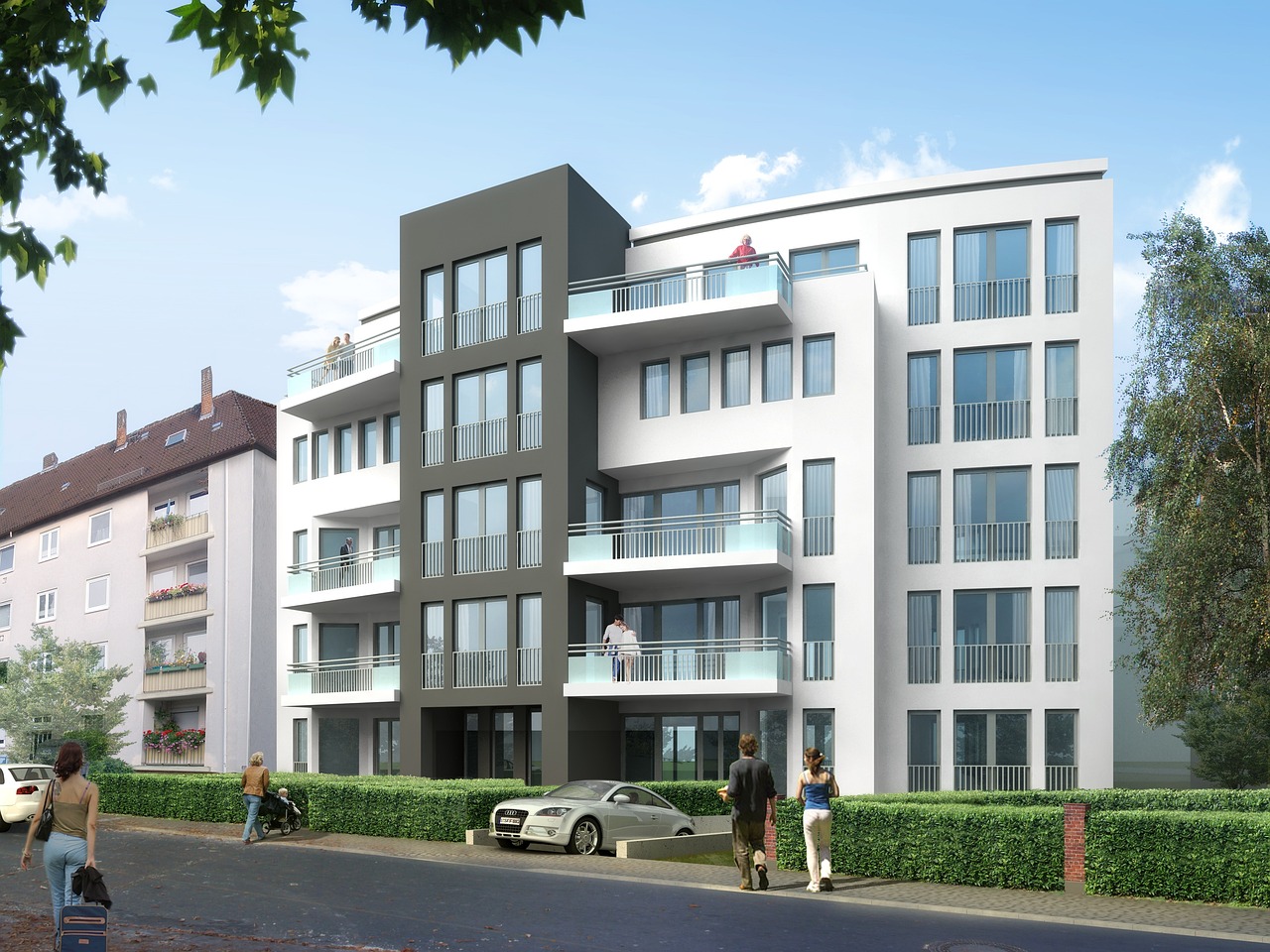The Importance of DBP Compliance for Multi-Residential Projects
In New South Wales, the Design and Building Practitioners (DBP) Act represents a significant shift in the way multi-residential projects are designed, built, and certified. Introduced in response to high-profile building defects, the DBP legislation aims to improve safety, structural integrity, and accountability in the construction industry. For developers, architects, and builders, understanding and adhering to DBP compliance is now critical—not only to meet legal requirements but also to mitigate risks, protect investments, and ensure the long-term success of residential developments.
What is DBP Compliance?
The DBP Act mandates that practitioners involved in the design and construction of Class 2 buildings—typically multi-storey apartment buildings—must be registered and comply with stringent documentation and compliance requirements. This includes both design and construction compliance declarations, which must be submitted and certified at various stages of a project.
From a legal perspective, DBP compliance means that all professionals involved are accountable for their work, with penalties for non-compliance. For developers of large-scale residential projects, this adds a layer of protection, ensuring that every aspect of the build, from design to construction, meets the highest standards.
Why DBP Compliance is Essential for Multi-Residential Projects
- Enhanced Safety
Safety is the cornerstone of DBP compliance. The legislation was introduced in response to a need for better oversight of structural integrity, fire safety, and water-proofing in multi-residential buildings. For developers, this focus on safety directly benefits the long-term viability of the project.
By ensuring that all designs meet the Building Code of Australia (BCA) standards and are reviewed by certified practitioners, DBP compliance reduces the likelihood of defects that could lead to costly repairs, legal liabilities, or, worse, dangerous conditions for residents. In essence, compliance helps create safer living environments, protecting not only the inhabitants but also the developer’s reputation.
- Ensuring Structural Integrity
Structural issues in large-scale residential buildings can be catastrophic, leading to high remediation costs and significant legal liabilities for developers. DBP compliance requires that a registered practitioner certifies the structural elements of a building at the design stage and during construction, ensuring that any potential problems are identified early and rectified before they become major issues.
This level of oversight adds confidence that the building will remain structurally sound for decades, safeguarding the investment made by developers and reducing future liabilities related to building performance.
- Reducing Developer Liability
One of the key benefits of DBP compliance for developers is the reduction of liability. The DBP Act places clear responsibilities on designers, engineers, and builders, requiring them to sign off on their work and take legal responsibility for it. This means that, if something goes wrong, liability does not rest solely with the developer; those who have contributed to the design and construction process are equally accountable.
This shared accountability protects developers from bearing the full weight of legal and financial repercussions, particularly if a defect arises due to the negligence or oversight of a registered practitioner. Additionally, the transparency introduced by DBP compliance reduces the chances of disputes or litigation after project completion.
- Improved Project Documentation and Communication
A significant part of DBP compliance involves maintaining thorough documentation. Design and construction compliance declarations are central to the legislation, ensuring that all aspects of the project are properly recorded and approved at various stages. This documentation acts as a safeguard for developers, providing a clear trail of responsibility and compliance.
For large-scale residential developments, this level of oversight and documentation improves communication between all parties—architects, builders, engineers, and consultants—ensuring that everyone is aligned with the project’s objectives and standards. This can lead to fewer errors, less rework, and a smoother construction process overall.
- Meeting Regulatory Expectations and Market Confidence
In today’s regulatory environment, compliance is non-negotiable. With the NSW government taking a tougher stance on building standards, developers need to be confident that their projects meet the latest regulations. DBP compliance is not only a legal requirement but also a way to reassure buyers and investors that the development meets modern safety and quality standards.
This is especially crucial for multi-residential projects, where buyers are making significant financial commitments. Demonstrating DBP compliance adds to the credibility of the development and gives potential buyers the peace of mind that they are investing in a project built to the highest standards.
- Future-Proofing Your Investment
For developers, DBP compliance is about more than just ticking regulatory boxes; it’s about future-proofing your investment. By ensuring that the project is built to a high standard and fully compliant with all legal requirements, developers reduce the risk of future remediation costs and protect the long-term value of the development.
With the introduction of the DBP Act, the industry is moving toward a more sustainable, high-quality approach to construction, where defects and costly repairs are minimized. For developers, embracing DBP compliance ensures that their projects will stand the test of time, remaining competitive in a demanding market.
How Acrow Constructions Ensures DBP Compliance for Multi-Residential Projects
At Acrow Constructions, we take DBP compliance seriously. As a registered Class 2 builder, we work closely with architects, developers, and engineers to ensure that every stage of a multi-residential project meets the rigorous requirements of the DBP Act. From early design collaboration to detailed documentation and on-site inspections, our team is committed to delivering projects that are not only compliant but also built to the highest standards of safety and quality.
We understand the risks developers face and aim to mitigate these through careful planning, expert oversight, and clear communication at every stage. With RSD, you can be confident that your multi-residential project will meet all DBP requirements, protecting your investment and ensuring a successful, compliant build.
